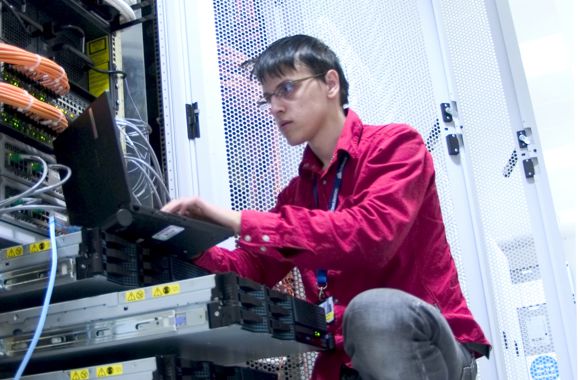Get our view on Business ICT...
5 Ways Information Technology Can Make or Break Your Business
Find out the things IT providers will generally not tell you. Begin your journey to secure and improve your business IT Infrastructure - download our whitepaper on Business ICT Management.
A quick guide into improving the PRODUCTIVITY, COST, SECURITY, RESILIENCE and INNOVATION of your IT infrastructure without increasing the ongoing cost of doing business.



